|

all photographs can be clicked to access a larger version

Image that ends the production of Anna Karenina
Chase had great reservations about the material offered him for a Russian subject by a minor English composer, but this opera allowed him to work again with Richard Pearlman, who he had collaborated with on The Turn of the Screw and Tommy. It also allowed him to embark on an adventure in Europe, to find authentic settings for the Russian scenes.



Details from the Karenin house.
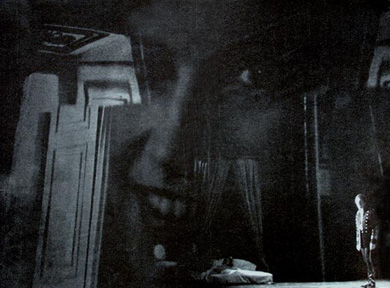
As Anna lays almost dying, Vronsky imagines her in an image from the past.
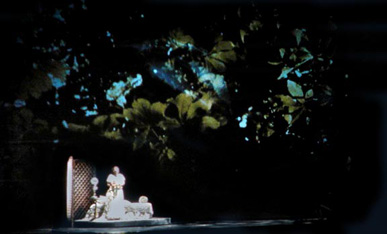
Anna retreats to the gazebo in the garden hoping to rendezvous with her lover.
Since St. Petersberg was not only off limits and out of budget, Chase discovered that Bavaria was the next best thing, with more neo-classic Russian structures than would be available to him in St. Petersberg. With the very gracious help from an authority in the Bavarian Historical Society in Munich Chase was able to track down deserted neo-classic train stations, a series of houses that would be residences in both Moscow and St. Petersberg. The production became a succession of moods and details that summoned up an authentic sense of place.


The ball is created from slides filmed at Ludwg's castle Herrenchemsier.
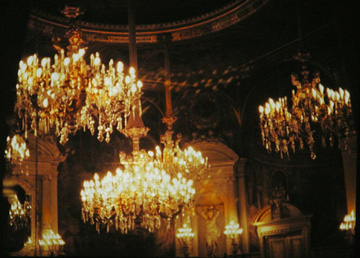
The casino at Baden-Baden also served as a setting for the ball scenes in Anna.

Another afternoon at the gazebo.
Chase claims there is only so much that rethinking new works can do for them, and they most certainly cannot totally erase the problems caused by a weak libretto and less then important musical ideas.

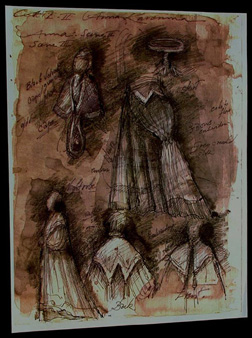
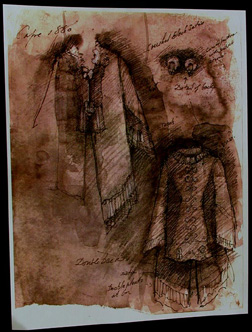
Costume sketches

The model for Count Vronsky.
The production opened at the Ebell Theater in Los Angeles in the summer of 1983. Reviews were kind, complimenting the fledgling Opera Theater of Los Angeles for its high ambitions, but in general the reviewers loathed the opera.
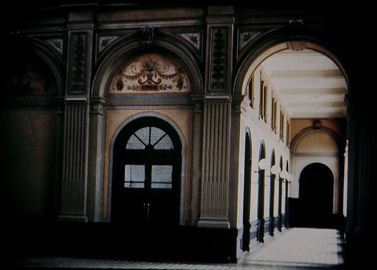
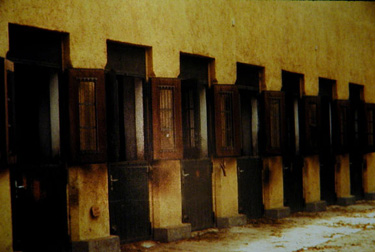
The projections for Vronsky's stables
OPERA:
Chase conjures up images which not only project a poetic vision but which also allow the audience to embellish that vision with romantic thoughts and fragrances that lie dormant within their minds.

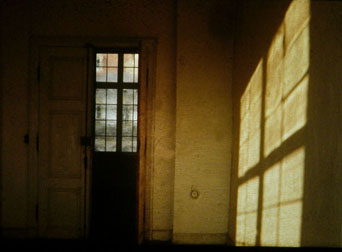
Empty rooms used as projections
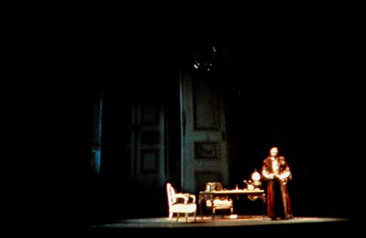
Karenin plots to divorce his wife.
|
|